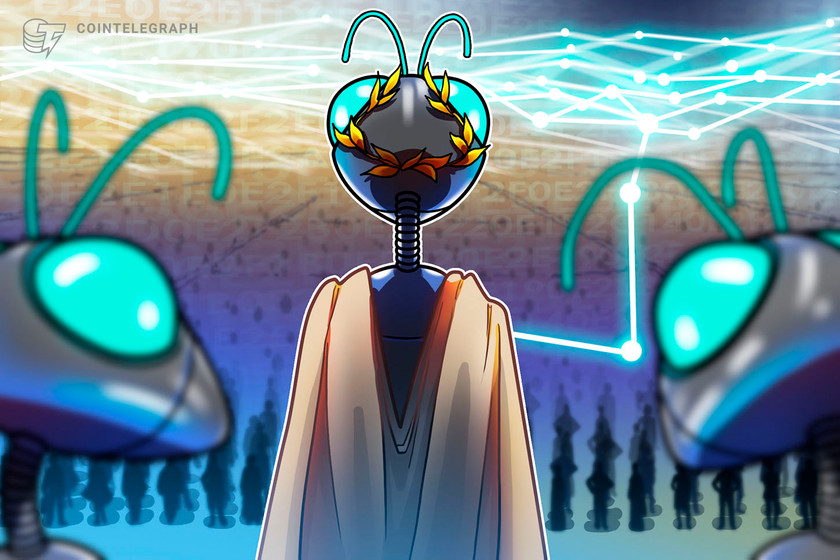Privacy-focused blockchain network closes Aztec Connect tool


Aztec Network said the research made with Aztec Connect would be usable and critical to developing a next-generation blockchain.
Privacy-oriented blockchain platform Aztec is preparing to shut down Aztec Connect, the network’s privacy infrastructure serving as the encryption layer for Ethereum.
Aztec Network officially announced the upcoming closure of Aztec Connect, and plans to disable Aztec Connect deposits from front-ends like zk.money and zkpay.finance on March 17.
According to a blog post by Aztec, users will be able to withdraw their funds from Aztec Connect with no fees for one year. “While withdrawals will always be possible, they will become significantly more burdensome after March 21, 2024,” Aztec said, recommending users withdraw funds as soon as possible. Since it launched in July 2022, Aztec Connect has amassed more than 100,000 users, the announcement notes.
From March 2024, Aztec will no longer run a sequencer, meaning the current system will no longer publish rollup blocks processing Aztec Connect transactions. “Contract permissions will be renounced, and all rollup functionality will be ceased,” the announcement reads.
As Aztec has fully open-sourced the entire Aztec Connect protocol, the firm encourages the Aztec community to fork, deploy and operate a new version of the system. “We’d love to see an independently-operated Aztec Connect and are ready to fund it,” Aztec said.
According to the announcement, the shutdown of Aztec Connect marks a milestone in the development of a decentralized general-use encrypted blockchain. Before launching Aztec Connect in July 2022, Aztec first experimented with using a zk-Rollup with Aztec 1, which was “slow, inefficient, costly” and limited in functionality to “basic private transfers.”


Aztec emphasized that the research made with Aztec Connect will be usable and critical to the development of a next-generation blockchain, providing a basis for a fully programmable version of encrypted rollups, adding:
“It’s undeniable that Aztec Connect was an important stepping stone towards realizing our ultimate goal. It’s now time for us to focus fully on that goal: a decentralized general-use encrypted blockchain.”
After closing Aztec Connect, Aztec plans to focus on developing the universal zero-knowledge language known as Noir and the next-generation encrypted blockchain.
Related: Crypto projects respond to privacy coin ban in Dubai
The news comes amid ConsenSys preparing to release its zero-knowledge Ethereum Virtual Machine rollup on a public testnet on March 28. The launch will follow more than four years of research, potentially enabling faster transactions, higher throughput and better security of settlements on the Ethereum blockchain.





















